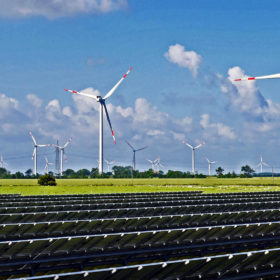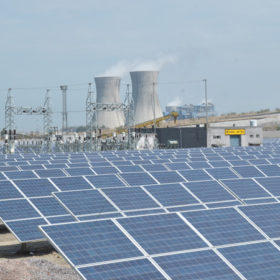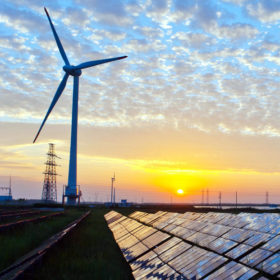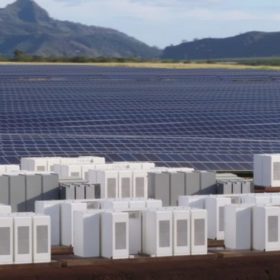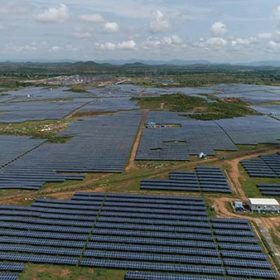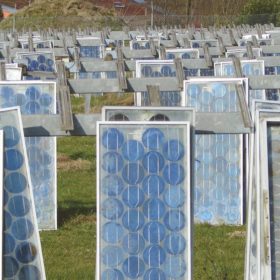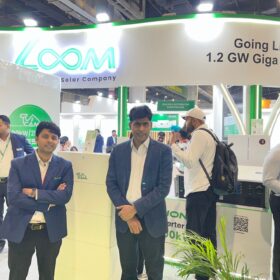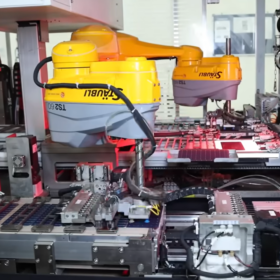Solar tariff rise due to customs duty would cost to Discoms INR9 billion annually
India’s declining solar tariff trend will see a reversal as the basic customs duty comes into effect. According to India Ratings, tariffs will likely touch INR 2.43 when using imported solar modules with 40% duty applicable, putting an additional cost burden on Discoms.
‘Solar could supply half of a new 600 GW clean energy ambition’
U.S.-based researchers have modeled the costs of achieving 200 GW, 400 GW and 600 GW of renewables capacity in India this decade and concluded PV should supply no more than half of the generation facilities and policymakers should shift their focus to wind power.
Renewables’ share in electricity generation must grow 55-fold for India to achieve net-zero emissions by 2050
A new report presents four alternative scenarios for India to achieve net-zero emissions, highlighting that the effort required would be very high for a scenario with 2030 as a peaking year for emissions and 2050 for net-zero.
India’s $122bn energy stimulus spending may benefit fossil fuels most
A report says India’s energy investment commitments over the last 14 months largely feature measures for power transmission and distribution that could benefit greenhouse-gas-producing fuels more than renewables.
Could India establish itself as the global leader in energy storage?
In India, the lack of suitable fiscal incentives and relevant experience, combined with high upfront capital costs, has hindered the adoption of battery energy storage systems (BESS) in comparison to other developed countries. However, there is potential for the country to take the lead.
Solar tariffs could rise about 20% due to customs duty
The installation cost is set to increase as a 40% customs duty on solar modules, and 25% on cells, comes into effect from next year.
Haryana plans 93 MW solar power capacity
The Haryana Power Generation Corporation Limited (HPGCL) plans to develop 77 MW solar capacity on its own land and 16 MW on land owned by village councils.
Solar manufacturer wants customs duty waiver to domestic sales by SEZ units
Domestic sales by manufacturing units located within special economic zones (SEZs) are treated as exports, attracting customs duty levy. This puts the SEZ manufacturers at a disadvantage compared to those in the domestic tariff area.
Solar modules to face 40% customs duty, and cells 25%, from next year
India’s finance ministry has approved the proposal to levy the duty from April 2022. Customs notification of the move will be issued at a later date.
Reusing PV modules pose opportunities and challenges
In a new study, PV Cycle and Imec/EnergyVille examine the growing PV module reuse sector and detail both the opportunities and challenges of employing second-hand systems, especially in developing countries.

